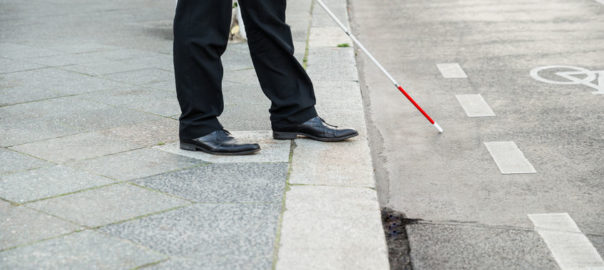Japanese Stem Cell Researchers Trying to Cure Blindness

Stem cell researchers in Japan are using regenerative medicine techniques to find a cure for blindness. A paper was first published in 2006 describing a method to restore sight in mice using stem cells. Despite the initial excitement, more than a decade later, there has been no great progress. A 2015 trial in Japan was halted due to fears that the treatment could produce tumors in the eyes.
The retina is the part of the eye that senses light and sends signals to the brain that allow us to “see”. In diseases such as macular degeneration and glaucoma, retinal cells are damaged. Researchers are trying to find ways to replace damaged retinal cells to treat these conditions which lead to blindness.
In 2010, scientists were able to convert stem cells into retinal cells in the laboratory. The hope was that these cells could be implanted in the eye to restore sight.
However, routine delivery of these lab-grown cells is far from reality. The challenge is finding a safe method of delivering the cells to the right part of the eye. The eye is such a delicate organ that injections to deliver the cells could cause more harm than good.
In addition to the delivery method, scientists must figure out a way for the implanted cells and existing retinal cells to integrate. Tumor development and inflammation are other potential complications. Immune rejection is a challenge when the stem cells are sourced from a donor. Developing stem cells from the patient’s own cells is time-consuming and expensive.
Scientists are developing biomaterials to aid the delivery of stem cells. These scaffolds improve the growth and survival of stem cells by mimicking the natural environment in the body. The technique has been tested in mice and human trials are underway.
How long will it take for stem cells to cure blindness? It could be another 10 years, say experts, if the clinical trials currently underway are successful.
References:


